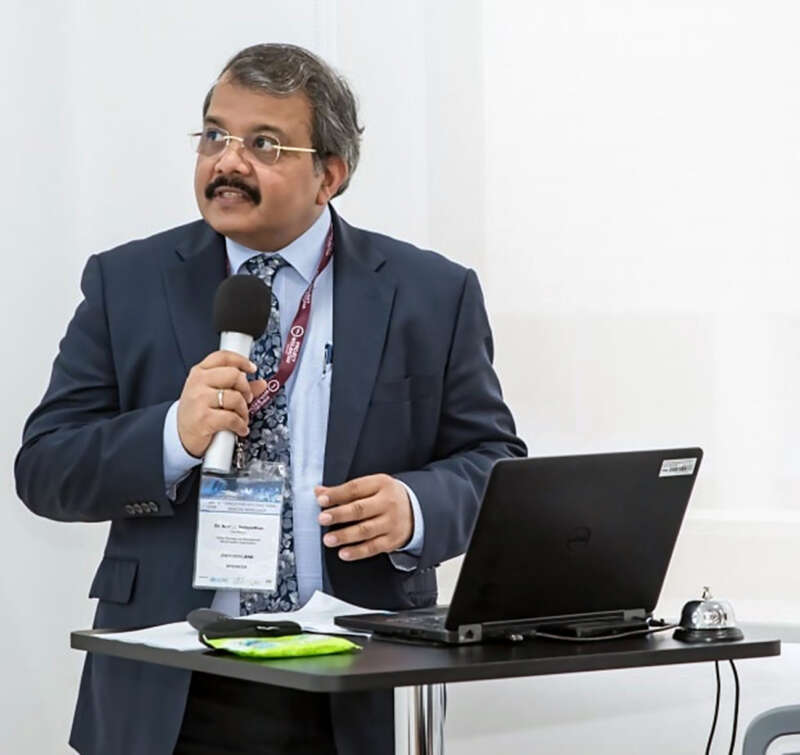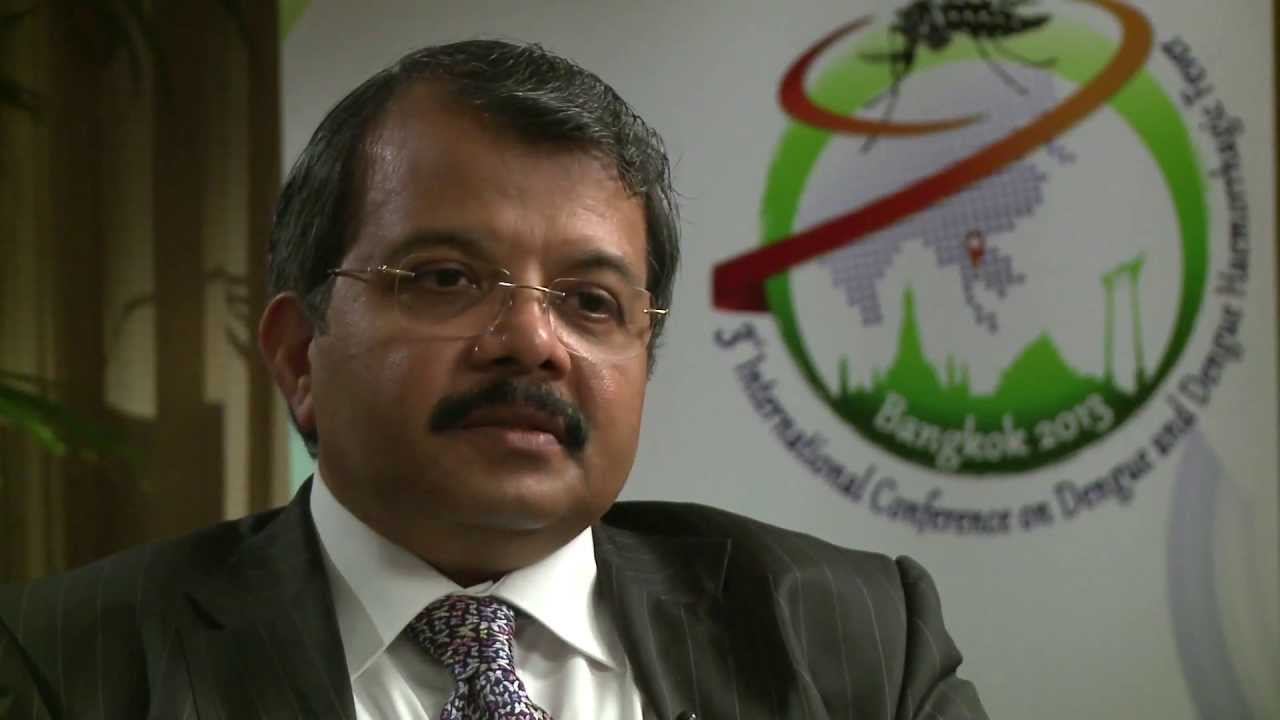Dr. Raman Velayudhan is a seasoned expert in the public health field and a relentless advocate for combating the global threat of mosquito-borne diseases.

Currently at the helm of the Veterinary Public Health, Vector Control, and Environment unit within the Department of Control of Neglected Tropical Diseases at the World Health Organization (WHO), Dr. Velayudhan’s impact is far-reaching. As global focal point for dengue prevention and control, as well as for Integrated Vector Management, he orchestrates multifaceted campaigns to combat the world’s most pervasive vector-borne diseases. A driving force in coordinating arboviral vector-borne disease control activities, his efforts extend to championing the Vector Control Advisory Group, which is a testament to his leadership within the global health community.
Dr. Velayudhan’s journey took root in the Vector Control Research Centre in Pondicherry, India. His roles there, which ranged from evaluating insecticides to mentoring the next generation of medical entomologists, laid the foundation for the rest of his career. Having traversed multiple nations, including the Solomon Islands, Fiji, and the Philippines, he brings a wealth of experience in tackling diverse challenges related to malaria, filariasis, soil-transmitted helminths, and schistosomiasis.
About half of the world’s population is at risk of dengue …
Raman Velayudhan
With over 35 peer-reviewed publications under his belt, Dr. Velayudhan focuses on evidence-based strategies and pioneering advancements.
Disclaimer: The views and opinions expressed in this interview are those of the interviewees and do not necessarily reflect the views or positions of Public Health Landscape or Valent BioSciences, LLC.
